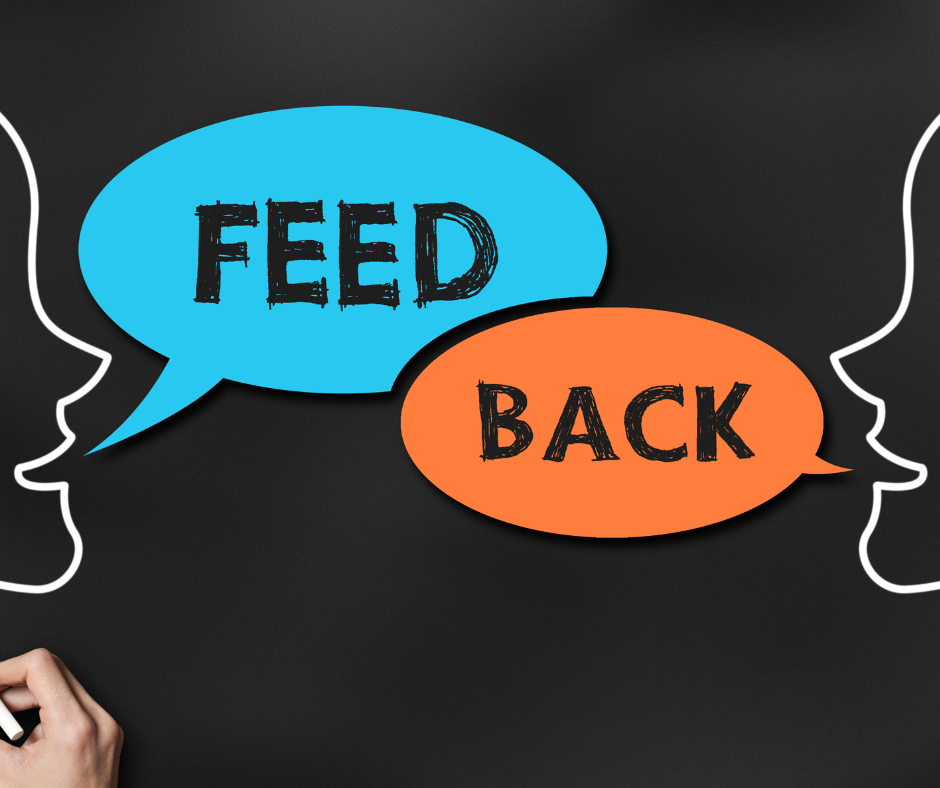Case Study: How Teachers Are Helping to Build Starlight — Rebecca’s Story
- Adam Sturdee
- Sep 24
- 3 min read

One of the most exciting things about building Starlight is watching teachers not just use the platform, but shape it. Rebecca, has been at the forefront of this. Through her reflections, experiments, and honest feedback, she’s helping us uncover new ways Starlight can add value.
After several runs with the platform, Rebecca told us:
“Using Starlight has already deepened my reflections. It’s becoming more intelligent about me, even referencing past reflections, which is great to see.”
She’s gone a step further by pairing her Starlight reports with her own personal AI reflections. Starlight provides structured, rubric-based analysis, while her personal AI layers on an additional research-led commentary rooted in her pedagogical approach. Seeing the two side by side helps her interrogate her practice from different angles.
This is exactly why we built the quick copy-and-paste function (shown by the icon in the top right above each transcript). With a single click, teachers can drop their full transcript into another tool if they want to explore a different perspective — making it easy to combine insights without extra effort.
As Rebecca puts it:
“For me it isn’t about covering myself, but about pushing my practice to the highest possible standard. Combining structured feedback with research-informed reflection means I can tie it all back to our coaching form and benchmark my teaching more rigorously.”
This mirrors best practice in Transcript-Based Lesson Analysis (TBLA), where teachers review a transcript through multiple lenses to deepen insight and avoid over-relying on a single perspective. Starlight is becoming the anchor point in that process — the structured coaching report — which teachers can then layer with other reflections if they choose.
Rebecca’s suggestions have been hugely valuable too. She’s encouraged us to consider an optional context box where teachers can add information like “Year 10 exam prep” or “Year 7 introduction,” and the ability to pre-select a coaching priority such as “clarity of instruction” or “securing attention.” Both are now on our backlog. At this stage of our growth we have a small, but incredibly hardworking and ambitious development team, which means we can’t deliver every good idea straight away. There are real limitations in what we can build at speed, but the commitment and energy of the team ensures that the most important improvements do make their way through — and feedback like Rebecca’s helps us prioritise what matters most for teachers.
Her reflections also reminded us of features already there but underused, like templates. These allow teachers to focus Starlight reports on specific coaching priorities. They take just a few minutes to set up, but can be transformative. Our walkthrough video — available anytime from the lefthand panel of the Starlight dashboard — explains how to set up templates step by step.
That’s the heart of this journey: we’re not building Starlight in a vacuum. We’re building it with teachers. Sometimes that means celebrating the small wins, sometimes it means facing frustrations, but always it means learning together.
As Rebecca put it:
“It’s exciting to feel part of shaping something that has such potential to help teachers in a positive way.”
We couldn’t agree more. That captures exactly what we believe: Starlight isn’t being designed in boardrooms, but in classrooms — through the daily realities, reflections, and creativity of teachers like Rebecca.
If you’re a teacher using Starlight, we’d love to hear how you’re making it work for you. Your reflections don’t just strengthen your own practice — they shape the platform for everyone.
Starlight – Spark Insight.
🎥 Subscribe to our channel here: https://www.youtube.com/@Star21-ai
🌐 Read more on our blog: www.coaching.software
💡 Explore the platform: www.starlightmentor.com
🐦 Follow us on X: @star21starlight
The Insight Engine is written by Adam Sturdee, co-founder of Starlight—the UK’s first AI-powered coaching platform—and Assistant Headteacher at St Augustine’s Catholic College. This blog is part of a wider mission to support educators through meaningful reflection, not performance metrics. It documents the journey of building Starlight from the ground up, and explores how AI, when shaped with care, can reduce workload, surface insight, and help teachers think more deeply about their practice. Rooted in the belief that growth should be private, professional, and purposeful, The Insight Engine offers ideas and stories that put insight—not judgment—at the centre of development.



Comments